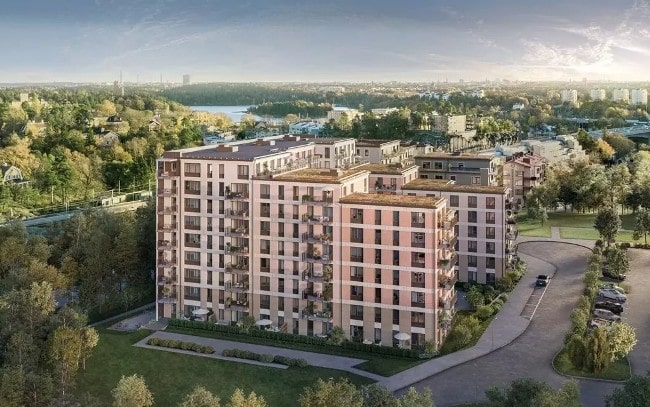Patrizia has made a strategic investment in Nordics by acquiring a premium Stockholm residential portfolio for €350m, on behalf of its clients, through the pan-European open-ended residential strategy, Living Cities.
Patrizia said the turnkey Stockholm County residential portfolio comprises four multi-family houses, across ca. 47,000 sq m, 879 units and 588 parking spaces.
According to the company, the largest residential acquisition signed in the Swedish real estate market this year.
“The area of Stockholm offers stable income return and long-term capital growth. Thanks to its affordability and connectivity, combined with a strong imbalance between supply and demand, Stockholm often features in the top ten of the Patrizia European Living Cities Report which measures over 140 cities for their attractiveness as liveable cities,” said Jörg Laue, Head of Transactions Nordics, Patrizia.
“Sweden’s economic powerhouse, Stockholm, is predicted to grow rapidly terms of population, so acquiring these turnkey, multi-family houses in such well-connected neighbourhoods is a fantastic achievement in a competitive market. It also sets a new record for Patrizia as the largest residential acquisition in the Nordics in our history.”
The properties are all being constructed to one of the highest local ESG standards and will carry the Nordic Swan Ecolabel certification.
“With this latest acquisition for Living Cities in Stockholm, we continue to invest in high quality, powerful cities. We also continue to see investor demand for our flagship pan-European residential strategy with a focus on strong and stable income streams. As the Fund grows towards EUR 3bn, we are excited about sourcing new opportunities in the market,” said Sebastian Dietert, Fund Manager of the Living Cities Fund at Patrizia.
“We will not only focus on multi-family schemes for Living Cities but will increasingly diversify into alternative residential assets, such as student accommodation and senior living.”





















